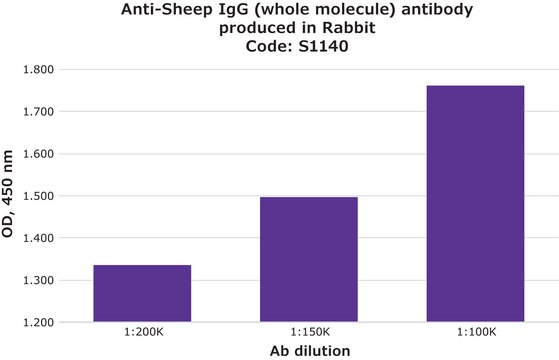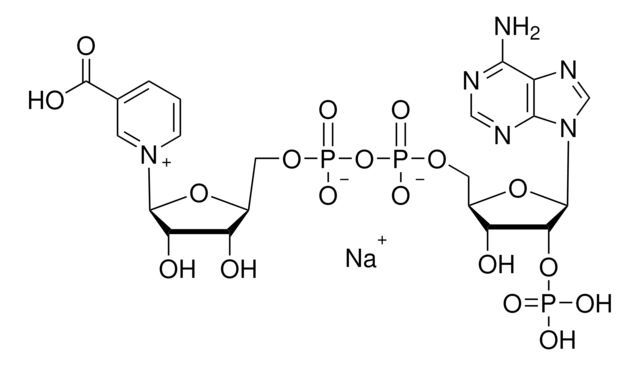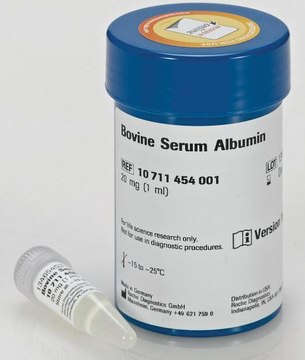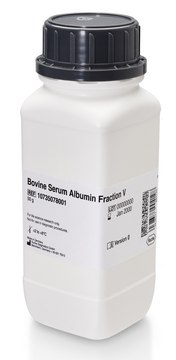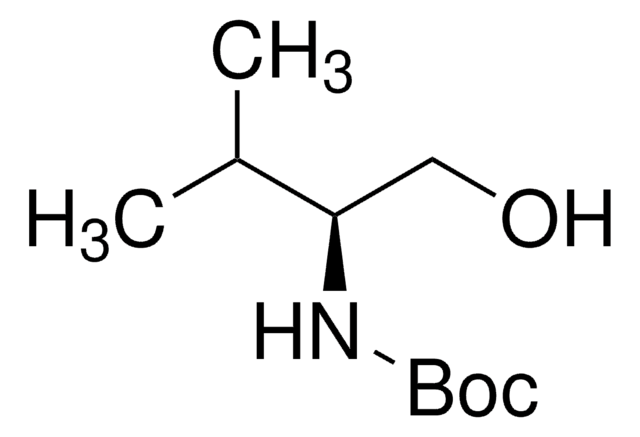S1265
Anti-Sheep IgG (whole molecule) antibody produced in rabbit
IgG fraction of antiserum, buffered aqueous solution
Sign Into View Organizational & Contract Pricing
All Photos(1)
Recommended Products
biological source
rabbit
Quality Level
conjugate
unconjugated
antibody form
IgG fraction of antiserum
antibody product type
secondary antibodies
clone
polyclonal
form
buffered aqueous solution
technique(s)
indirect ELISA: 1:50,000-1:100,000
shipped in
dry ice
storage temp.
−20°C
target post-translational modification
unmodified
Looking for similar products? Visit Product Comparison Guide
Related Categories
General description
Whole antiserum is fractionated and then further purified by ion exchange chromatography to provide the IgG fraction of antiserum. This fraction is essentially free of other rabbit serum proteins. Antiserum is determined to be immunospecific for sheep IgG by immunoelectrophoresis (IEP) versus sheep IgG and normal sheep serum. Identity and purity of the antibody is established by immunoelectrophoresis (IEP). Electrophoresis of the product followed by diffusion versus the anti-rabbit IgG and the anti-rabbit whole serum result in single arcs of precipitation in the γ region.
Specificity
Binds all sheep Igs
Immunogen
purified sheep IgG
Application
Anti-Sheep IgG (whole molecule) antibody produced in rabbit has been used in:
- Enzyme-linked immunosorbent assay (ELISA)
- Immunoprecipitation
- labelling electrodes in immunosensor systems
Biochem/physiol Actions
Digestion of IgG by papain generates fragment antigen binding (Fab). Pepsin digestion of IgG results in fragment crystallisable (fc). IgG antibody has enormous therapeutic potential and the Fc is involved in the development of therapeutic antibody.
Physical form
Solution in 0.01 M phosphate buffered saline pH 7.4, containing 15 mM sodium azide as preservative.
Disclaimer
Unless otherwise stated in our catalog or other company documentation accompanying the product(s), our products are intended for research use only and are not to be used for any other purpose, which includes but is not limited to, unauthorized commercial uses, in vitro diagnostic uses, ex vivo or in vivo therapeutic uses or any type of consumption or application to humans or animals.
WGK
WGK 3
Flash Point(F)
Not applicable
Flash Point(C)
Not applicable
Personal Protective Equipment
dust mask type N95 (US), Eyeshields, Gloves
Regulatory Information
常规特殊物品
Certificates of Analysis (COA)
Search for Certificates of Analysis (COA) by entering the products Lot/Batch Number. Lot and Batch Numbers can be found on a product’s label following the words ‘Lot’ or ‘Batch’.
Already Own This Product?
Find documentation for the products that you have recently purchased in the Document Library.
Asli Devrekanli et al.
Journal of cell science, 125(Pt 22), 5453-5466 (2012-09-08)
The chitin synthase that makes the primary septum during cell division in budding yeasts is an important therapeutic target with an unknown activation mechanism. We previously found that the C2-domain of the Saccharomyces cerevisiae Inn1 protein plays an essential but
Effect of diet composition on pregnancy outcome in overnourished rapidly growing adolescent sheep
Wallace JM, et al.
The British Journal of Nutrition, 96(6), 1060-1068 (2006)
Cecile Evrin et al.
EMBO reports, 24(11), e57677-e57677 (2023-10-02)
DONSON is one of 13 genes mutated in a form of primordial microcephalic dwarfism known as Meier-Gorlin syndrome. The other 12 encode components of the CDC45-MCM-GINS helicase, around which the eukaryotic replisome forms, or are factors required for helicase assembly
Frederick van Deursen et al.
The EMBO journal, 31(9), 2195-2206 (2012-03-22)
Mcm10 is essential for chromosome replication in eukaryotic cells and was previously thought to link the Mcm2-7 DNA helicase at replication forks to DNA polymerase alpha. Here, we show that yeast Mcm10 interacts preferentially with the fraction of the Mcm2-7
An electrochemical immunosensor for milk progesterone using a continuous flow system11Editors Selection
Pemberton RM et al.
Biosensors And Bioelectronics, 16(9), 715-723 (2001)
Our team of scientists has experience in all areas of research including Life Science, Material Science, Chemical Synthesis, Chromatography, Analytical and many others.
Contact Technical Service